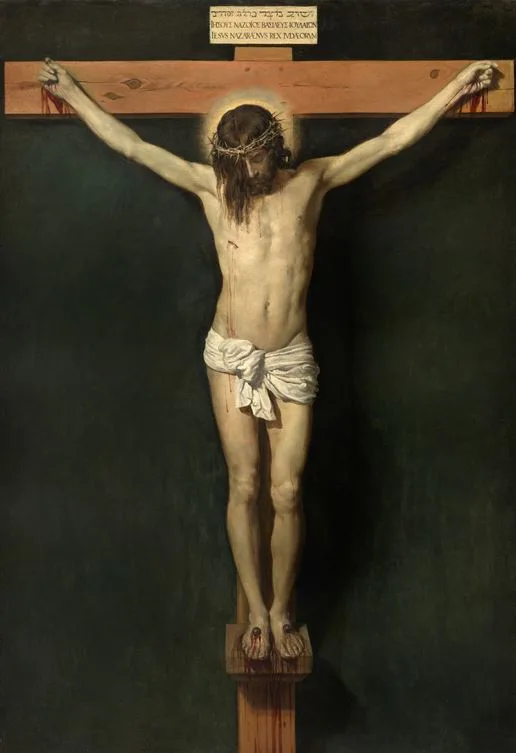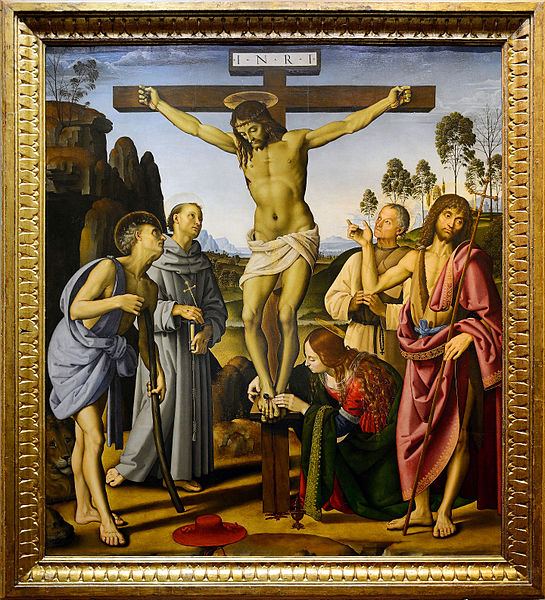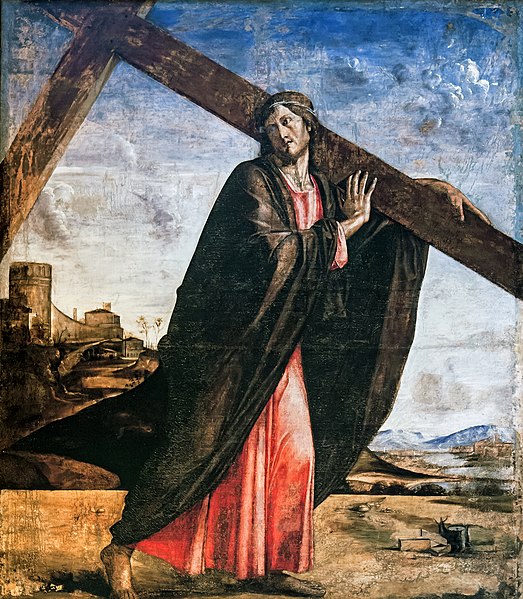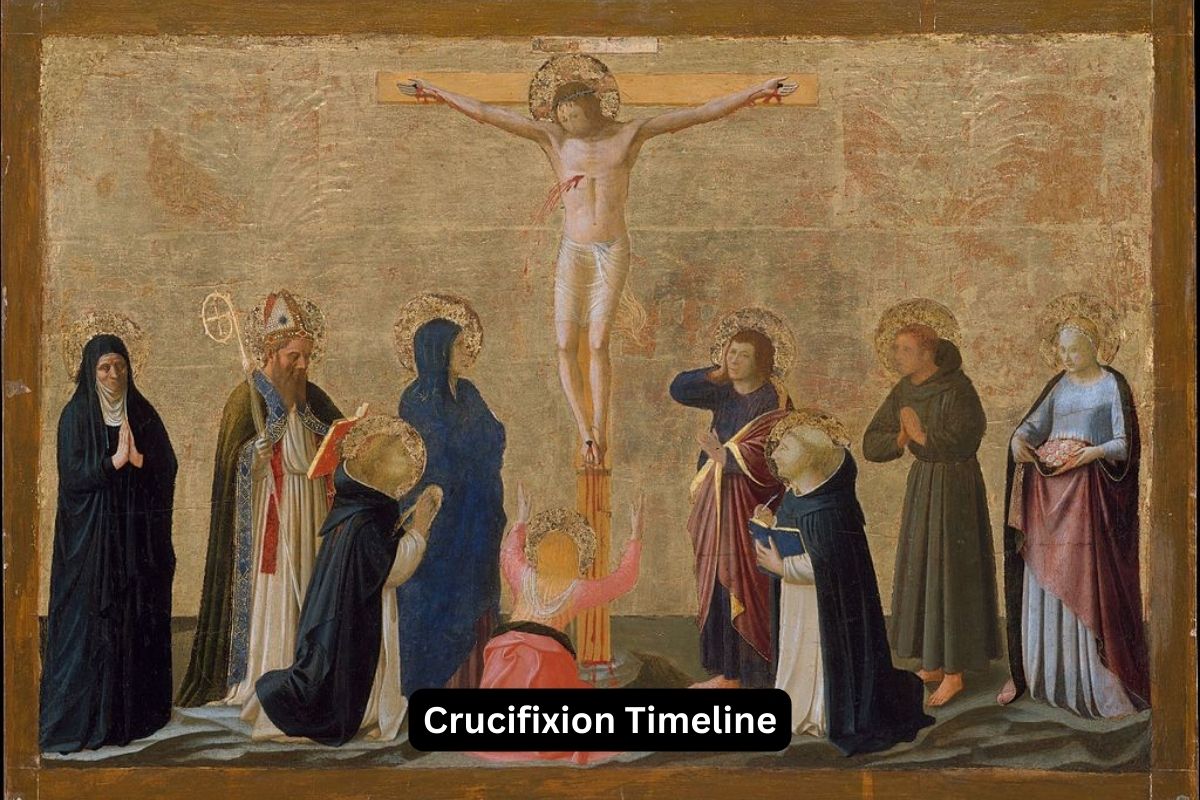The crucifixion of Jesus Christ, a pivotal event in Christian theology and history, encompasses a series of significant moments that unfolded during Holy Week.
This timeline highlights the Last Supper, Jesus’ arrest in Gethsemane, trials before both Jewish and Roman authorities, the brutal scourging and mockery, the crucifixion on Golgotha, his death and burial, and ultimately, the resurrection on Easter Sunday.
These events hold profound spiritual and theological significance for Christians, symbolizing the sacrifice, death, and triumphant resurrection of Jesus, which form the core of Christian faith and belief in salvation.
| Event | Date/Time | Description |
|---|---|---|
| The Last Supper | Maundy Thursday evening | Jesus shares a final meal with his disciples and institutes the Eucharist. |
| Arrest in Gethsemane | Maundy Thursday night | Jesus is arrested by Roman soldiers in the Garden of Gethsemane. |
| Trial Before Jewish Authorities | Maundy Thursday night | Jesus is accused of blasphemy and condemned to death by the Jewish high priest and the Sanhedrin. |
| Trial Before Pontius Pilate | Early hours of Good Friday | Jesus is brought before the Roman governor, Pontius Pilate, and is reluctantly sentenced to crucifixion. |
| Scourging and Mockery | Good Friday | Jesus is scourged and subjected to mockery and humiliation by Roman soldiers. |
| The Crucifixion | Good Friday | Jesus is crucified on Golgotha (Calvary) outside Jerusalem. |
| Death and Burial | Good Friday | Jesus dies on the cross and is buried in a tomb, traditionally associated with Joseph of Arimathea. |
| Resurrection | Easter Sunday | According to Christian belief, Jesus rises from the dead three days after his crucifixion. |
Timeline of the Crucifixion of Jesus Christ
1. The Last Supper – Maundy Thursday evening
The Last Supper is a significant event in Christian tradition that took place on the evening of Maundy Thursday, the night before Jesus’ crucifixion. Jesus gathered with his twelve disciples in an upper room in Jerusalem to share a final meal together.
Also Read: Facts About the Crucifixion
During this meal, Jesus instituted the practice of communion or the Eucharist, where he broke bread and shared wine with his disciples, symbolizing his body and blood. He also washed his disciples’ feet, demonstrating humility and servitude.
During this intimate gathering, Jesus predicted his betrayal by one of his disciples, Judas Iscariot, and foretold his impending crucifixion.
The Last Supper is a central part of Christian worship, and it is remembered and reenacted in the Eucharist or Holy Communion during Christian liturgy.

2. Arrest in Gethsemane – Maundy Thursday night
Following the Last Supper, Jesus and his disciples went to the Garden of Gethsemane to pray. In this garden, Jesus experienced deep anguish and distress, knowing the events that were about to unfold.
Judas Iscariot, one of his disciples, led a group of Roman soldiers and religious leaders to the garden, where he identified Jesus with a kiss, signaling his betrayal.
Also Read: The Resurrection Facts
Jesus was subsequently arrested by the Roman soldiers and temple guards. This arrest marked the beginning of his journey towards crucifixion. It was a moment of great sorrow and emotional turmoil for Jesus and his disciples, as they faced the imminent trial and crucifixion.
3. Trial Before Jewish Authorities – Maundy Thursday night
Following his arrest in Gethsemane, Jesus was brought before the Jewish high priest, Caiaphas, and the Sanhedrin, the Jewish council.
At this trial, Jesus was accused of blasphemy for claiming to be the Son of God and the Messiah. The high priest and the council sought witnesses to testify against him, but the testimonies were inconsistent.
Ultimately, Jesus’ acknowledgment of his divine identity sealed his fate, and he was condemned to death for blasphemy. This decision set the stage for the subsequent trial before the Roman governor, Pontius Pilate, as only Roman authorities had the power to carry out a death sentence.
The trials of Jesus before the Jewish authorities marked the religious condemnation of Jesus and his impending crucifixion.

4. Trial Before Pontius Pilate – Early hours of Good Friday
After being condemned to death by the Jewish authorities, Jesus was taken before the Roman governor of Judea, Pontius Pilate.
The Jewish leaders brought Jesus to Pilate, accusing him of claiming to be the King of the Jews and of inciting rebellion against the Roman Empire. Pilate, after questioning Jesus, found no guilt in him but was pressured by the crowd to take action.
Reluctantly, Pilate ordered Jesus to be crucified to appease the crowd and maintain order. This trial before a Roman governor marked the legal authorization for Jesus’ crucifixion under Roman law.
5. Scourging and Mockery – Good Friday
Before the crucifixion, Jesus was subjected to brutal treatment by Roman soldiers. He was scourged, which involved being whipped with a flagellum, a whip with multiple leather thongs embedded with sharp objects, causing severe pain and injuries.
Following the scourging, Roman soldiers mocked Jesus by placing a crown of thorns on his head, dressing him in a purple robe (a symbol of mock royalty), and taunting him as the “King of the Jews.”
This cruel and degrading treatment was intended to humiliate and further torment Jesus before his crucifixion.
6. The Crucifixion – Good Friday
The crucifixion of Jesus took place on Golgotha, a hill outside Jerusalem. It involved nailing Jesus to a wooden cross, which was then erected in an upright position.
Crucifixion was a form of execution used by the Romans and was known for its extreme physical and psychological torment.
Jesus hung on the cross for several hours, enduring excruciating pain, dehydration, and asphyxiation. The crucifixion is the central event in Christian theology, representing the sacrifice of Jesus for the forgiveness of humanity’s sins.

7. Death and Burial – Good Friday
Jesus died on the cross after several hours of suffering. According to the Gospel accounts, he cried out, “It is finished,” and then gave up his spirit. His death marked the completion of his redemptive mission.
After his death, his body was taken down from the cross, and he was buried in a nearby tomb. Joseph of Arimathea, a wealthy disciple of Jesus, provided the tomb for his burial.
The burial of Jesus is a significant moment in the crucifixion narrative, as it precedes the belief in his resurrection.
8. Resurrection – Easter Sunday
According to Christian belief, Jesus rose from the dead on the third day after his crucifixion, which is celebrated as Easter Sunday.
The resurrection is the central event in Christian faith, symbolizing victory over sin and death. It is the cornerstone of Christian theology, signifying the hope of eternal life for believers.
Jesus’ resurrection was witnessed by some of his followers, and it is the culmination of the Easter story, marking the triumph of life over death.
